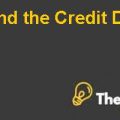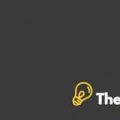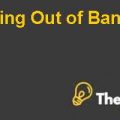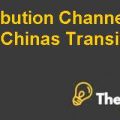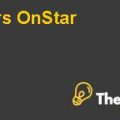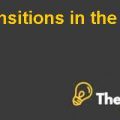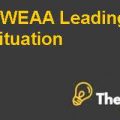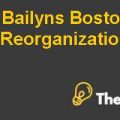
H.J Heinz-Weighted Average cost of capital Case Solution
Introduction
Henry John Heinz or simply H.J Heinz was launched as a food company in 1869, with a single food product, Horseradish. Later on, the product line diversified and included 57 food varieties. The company became one of the largest food manufacturer companies with $10 billion in revenues and 29,600 employees all over the world, in 2010.
The company’s product can be categorized into three types, which are ketchup & sauces, meals & snacks, and infant nutrition. The company focuses on brand development and about 70 percent of its revenues comes from top 15 brands that include Ketchup, Heinz Beans, and Plasmon. Each of these 15 brands is generating about $100 million in revenues.
Heinz has been operating in 200 countries and has primary business in regions such as North American Consumer Products, U.S Food services, Europe, Asia Pacific, and other parts of the world. The company has pursued growth strategy and focuses on expansion through entering emerging markets. This strategy so far has provided 30% recent growth and has contributed 15% of revenues to the company.
Its competitors include Kraft Foods, Campbell Soup Company, and Del Monte Foods as well as other global food industry giants, such as Nestle and Unilever.
issues and Problems
The company has been considering several investment proposals and expansion projects through food products. The main concern for the company is its cost of capital. The cost of capital plays an important role and it is an important part in capital budgeting. The weighted average cost of capital has been in a debate because of certain issues.
The stock prices of the company have been volatile, they dropped down and rose up again at the same position. Secondly, there is low interest rate prevailing in the market, which has reduced the cost of capital, and is a favorable event. Lastly, the economy is still in a financial melt-down, thus there are concerns over risk assessment, which might affect the WACC of the company.
The Company’s Financial Analyst, Solomon Sheppard, in North American Consumer Products Division, was given the task to identify the reliable estimate of company’s Weighted Average Cost of Capital. He was asked to recommend WACC, which would be used in making decision on the investment proposals.
Analysis
The analysis is made into various factors affecting the Weighted Average cost of capital for the company. Information is given in the case that will be used in estimating the WACC and then WACC is evaluated by considering other variable factors.
Weighted Average Cost of Capital-WACC
Cost of Equity
To estimate a cost of capital, cost of equity needs to be estimated first. As per the case, the market risk premium is estimated to be 7.5% or 6% or even 5%. However, as per the case facts, the market risk premium has been taken as 7.5%. This is because this risk premium is taken based on a longer-term period rather than a short-term risk indicator, which shows 6%. If lower risk premium is taken, it might be taken as bias in evaluating investment projects.
The case has less data on the beta calculation. Therefore, the industry comparable information has been used for estimating beta to calculate cost of equity. The average beta is estimated to be 0.63 (see excel). The 10 year yield on bond is taken as risk free rate, which is 3.69%. The cost of equity is calculated using the CAPM model, as:
Cost of Equity= Risk Free rate + beta*Market risk premium...................
This is just a sample partial case solution. Please place the order on the website to order your own originally done case solution.

